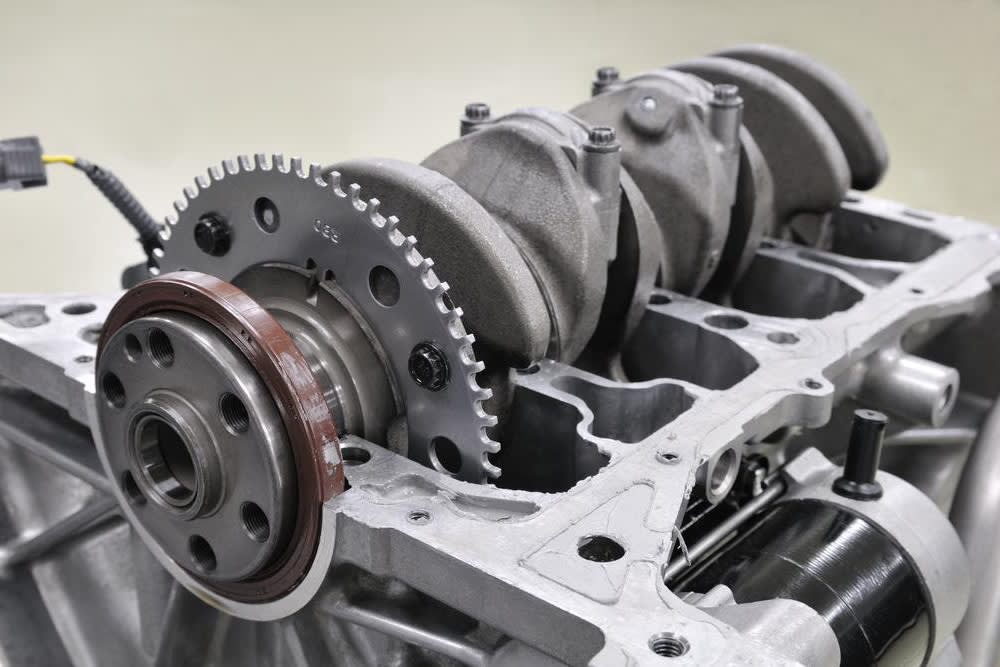

Your car’s engine requires both air and gasoline in order to operate. During the combustion process, it also creates gases. These gases contain traces of gasoline and can be re-burned by injecting them back into the intake manifold. This enhances engine operation and also improves fuel economy. The PCV (positive crankcase ventilation) valve is the component that’s responsible for taking those gases and putting them back into the engine.
The PCV valve requires a couple of different hoses (the exact configuration will vary depending on the make and model you drive). The primary use for the hoses is for injecting the gases mentioned into the intake manifold. The valve itself operates on a vacuum, so the hoses are technically vacuum lines.
As you can imagine, your car’s PCV valve and PCV valve hose are subjected to high temperatures whenever the engine is operating, as well as being exposed to caustic gases. In addition, the PCV valve and hose are in use as long as the engine is running. Combined, this means there’s a significant potential for wear and tear.
In terms of predicted lifespan, there’s really no set time limit for your PCV valve hose. Because it is made of rubber, the PCV valve hose will eventually degrade and need to be replaced, but that time can vary drastically depending on a number of different factors, including how often you drive, how long the engine runs during each drive, how well maintained your engine is and many others.
If the PCV valve hose fails, you’ll definitely experience problems, including a loss of power and reduced fuel economy, so it’s important to know the signs to watch for that might indicate your hose (or the PCV valve itself) is failing or has already failed. These symptoms include:
- Check Engine Light on
- A hissing sound from the engine bay (indicating a hole in a vacuum hose)
- Engine running rough at all speeds
- Engine has an uneven (rough or “loping”) idle
- Lack of power or response when pressing the gas pedal
- Decreased fuel economy
If you’ve noticed any of these symptoms, it’s important to have both the PCV valve and the PCV valve hose inspected. If either is failing or has already failed, they must be replaced.



